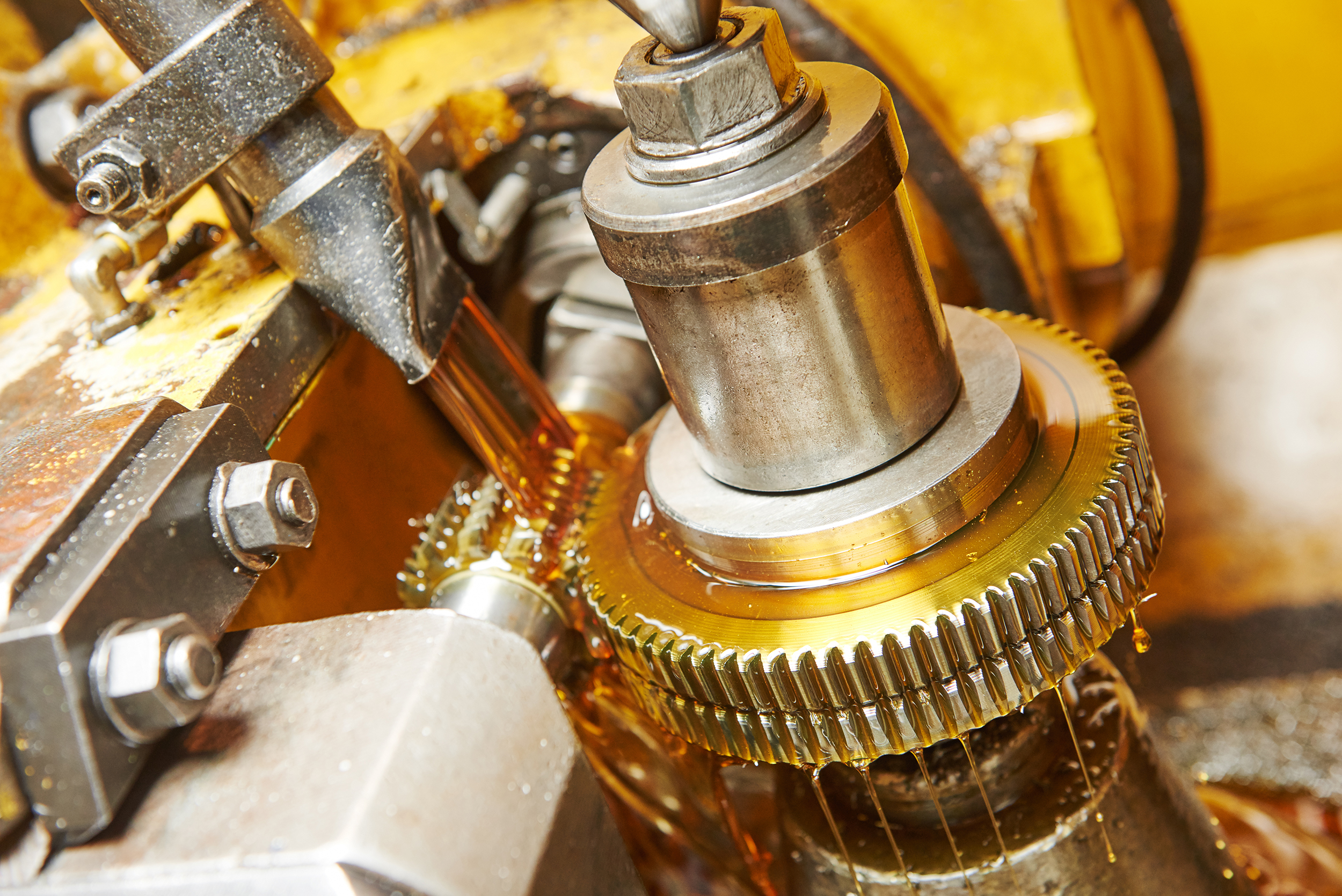Automated lubrication systems are an essential feature of many assemblies. What kind does your assembly require?
Across many industries, lubricants play a critical role in reducing friction in moving components, helping parts resist corrosion and extending the overall life of a product. From pistons to landing gears to joints and ball bearings, lubricants keep parts from sticking and prevent machines from breaking down. Without lubricants, many modern machines simply couldn’t function, not to mention the components our customers manufacture.
Lubricants come in a range of types. The most common traditional lubricants were oil and grease, but today, advances in lubrication technology have led to the development of compounds that can be used in extreme conditions, such as space technology integration and even something as simple as the buttons on a radio bezel.
Automated lubrication systems can precisely regulate the amount of lubricant applied during the manufacturing process, as well as expedite the entire production system, leading to savings in both time and product quality. However, knowing what application method is best for the assembly process is key to maximizing efficiency. Here are some of the main options.
Contactless lubrication methods.
Lubrication methods break down into two main categories: contact and contactless. In contactless methods, the lubricant is propelled through the air, and the dispensing mechanism itself never touches the surface of the component. In the past, contactless methods used to be more common for oils or lubricants with low viscosity. However, newer methods allow thicker lubricants to be applied by these methods as well.
1. Spray.
Air spray systems use compressed air to atomize lubricants even at very low flow rates. Air spray works well for low-volume applications that require tighter control. By contrast, airless systems are preferred for high-volume scenarios where precision is less of a requirement.
2. Oil mist.
An oil mist system is an effective way to keep parts lubricated while also consuming less lubricant and incurring fewer maintenance costs. The mist system suspends very small oil droplets of one to five microns, which are then propelled along a feedline to be applied on gears, chains (Like on Bosch conveyors Eagle integrates), and other moving components. Because the mist is so fine, oil droplets that contain contaminating particulates drop out of the airstream sooner, preventing grit or grime from reaching the components.
3. Jet.
Jet lubrication is one of the newest and most highly efficient application methods for factory automation. These systems use electromagnets to accelerate the piston pumps, then spray the lubricant to very precise application points. Jet systems can deploy hundreds of dots of lubrication a second, making them the ideal choice where high cycle rates are required, like in the munitions industry. They are also an excellent method for lubricating parts that are hard to reach, due to the awkward angle of the assembly or the narrowness of the opening.
Contact lubrication methods.
For more viscous lubricants where a thicker coating is required, such as when the lubricant doubles as a sealant, contact lubrication methods are often preferred. These systems can dispense a dot of lubricant, or an even bead along the surface of the component. The following are a few of the main types.
4. Auger.
Auger valve dispensers use pressurized air to force lubricant down the length of a screw (auger). The thread count of the screw tip as well as the size of the nozzle, control the speed and size of the material deposit. Auger dispensing is a flexible and effective means of controlling lubricant deposit, making it a popular choice for many applications. However, because the lubricant is liable to drip or “drool” from the tip of the auger, automating this process is important to shorten dispensing time and reduce material waste.
5. Needle
Needle dispensers come in a range of opening sizes and lengths, allowing them to fit into narrow openings and apply a dot or a line of lubricant where needed. These systems are often connected to a pneumatic hose system, making them a portable and flexible option in a variety of situations.
6. Metering
Electric metering systems deliver preset doses of lubricant to specific application spots on the assembly. In many cases, Eagle will integrate a “fixed displacement” system for accuracy and efficiency, and the predefined measurements prevent waste while improving consistency. When using a 2-part material, it’s essential to measure both materials independently to validate you have the appropriate mix for quality.
Eagle designs systems that match the proper application to meet or exceed our customer’s specifications.
At Eagle, our expertise in factory automation equips us with the knowledge to apply the correct solutions to every assembly. We know when a high-volume, precision jet applicator is required and when a contact method would be more appropriate. Our engineers can work within your budget, and your production needs to find the most suitable option.
There are few assemblies that don’t require some form of lubricant to operate effectively. If you want to be sure you’re working with a team that understands every part of the automation process inside and out, contact us today.
![]() Connect With Eagle Technologies LinkedIn
Connect With Eagle Technologies LinkedIn
Eagle Technologies, headquarters in Bridgman, MI
Eagle builds the machines that automate manufacturing. From high-tech robotics to advanced product testing capabilities, Eagle offers end-to-end manufacturing solutions for every industry.


